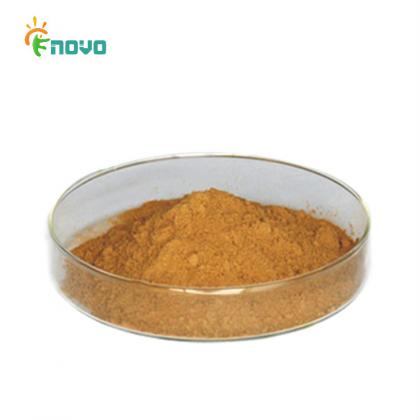A New Wave Of Pea Protein
Data
shows that U.S. consumers eat more than 200 pounds of beef, pork and chicken
per capita per year, however, people are now gradually changing their diet and
habits to find more alternative protein sources due to various health concerns,
animal protection issues and environmental damage.
The
global pea protein market is increasing in value every year and is expected to
reach $3.6 billion by 2022.
According
to statistics, strict vegetarians make up 6 percent of the U.S. population and
with nearly one-third of Americans implementing meat-free days, 35 percent of
respondents said they are increasing their intake of non-meat proteins. In this
consumer environment, a variety of plant-based protein alternatives have
emerged and are widely used in food and beverages such as energy bars, milk
alternatives and burgers.
The
production and application of pea protein has greatly enriched the source of
protein in food, and in the past few years, the number of products containing
pea protein has increased by nearly 200%, covering almost all food categories,
from energy bars to bread are used. Bill Gilbert, Cargill's chief technologist,
said the market for whole grain and dietary fiber-based bread is already quite
saturated, and baking bread with pea protein as an ingredient may usher in new
opportunities.
At
the same time, pea protein does not contain cholesterol, animal fat, no animal
farming brought about by the environmental burden, and even become Beyond Meat
and other vegetarian burgers in the star ingredients, like ordinary burgers on
the grill can also be "spewed gravy.
In
addition, pea protein has also become a substitute for milk protein, there are
now Ripple, Bolthouse Farms and other companies produce pea milk, and strive to
replace lentil milk, milk, etc., in the protein drinks to occupy a place.
What
are the advantages of pea protein?
Pea
protein was not the first to gain widespread attention and use as an
alternative vegetable protein source to animal protein. Accounting for $1.7
billion in global market value to date and continuing to grow at a rate of 10%,
soy protein is by far the largest portion of vegetable protein and the
preferred alternative protein source for many processing manufacturers.
1.
Nutritional Properties
Since
many people choose not to eat meat for religious, political, economic or health
reasons, plant protein becomes a good nutritional alternative.
In
terms of nutritional properties, pea protein has been shown to be beneficial to
the human body in many important ways. Kristen Ciccolini, a vegetarian
nutritionist from Boston, says that pea protein is easier to digest than the
protein found in cow's milk and helps maintain blood sugar balance, making it a
great choice for weight loss and appetite control.
2.
Sustainable properties
From
an environmental perspective, Dr. Chengci Chen, crop systems agronomist and
crop leader at Montana State University's Eastern Agricultural Research Center,
says that because peas and other legumes grow with bacteria in the soil, they
absorb nitrogen from the air and soil and supply the plants as a natural
fertilizer, and when peas are grown in rotation with grains such as wheat, the
nitrogen produced by the peas keeps the soil healthy and reduce the amount of
nitrogen fertilizer applied to the groundwater supply prior to application to
wheat, thus actually improving the sustainability of large grain farms.
Soybeans
and lentils, on the other hand, have recently encountered a major blow on this
issue. In addition to the concerns associated with genetic modification, the
U.S. Food and Drug Administration (FDA) has found that soy has become one of
the eight most common food allergens in the U.S. diet, and that soy contains
isoflavones that are structurally similar to human androgens, which, although
not confirmed by relevant studies, has created a number of concerns for
consumers. At the peak of California's five-year drought period, lentil
cultivation became the scapegoat for irrational water use in the state as the
process required an average of more than a gallon of water to grow a single
nut.
The
unique nutritional properties and sustainability of pea protein may be able to
be a major breakthrough in its advance.

 English
English















